This April, we saw a slight dip in inflation, a welcome change after relentless climbs. Consumer prices were up by 3.4% from last year, showing a modest pullback and matching the forecasts that economists had in mind.
It’s a small, encouraging sign that the Fed’s long battle against inflation might be gaining some ground.
The Cooling Trend in Inflation
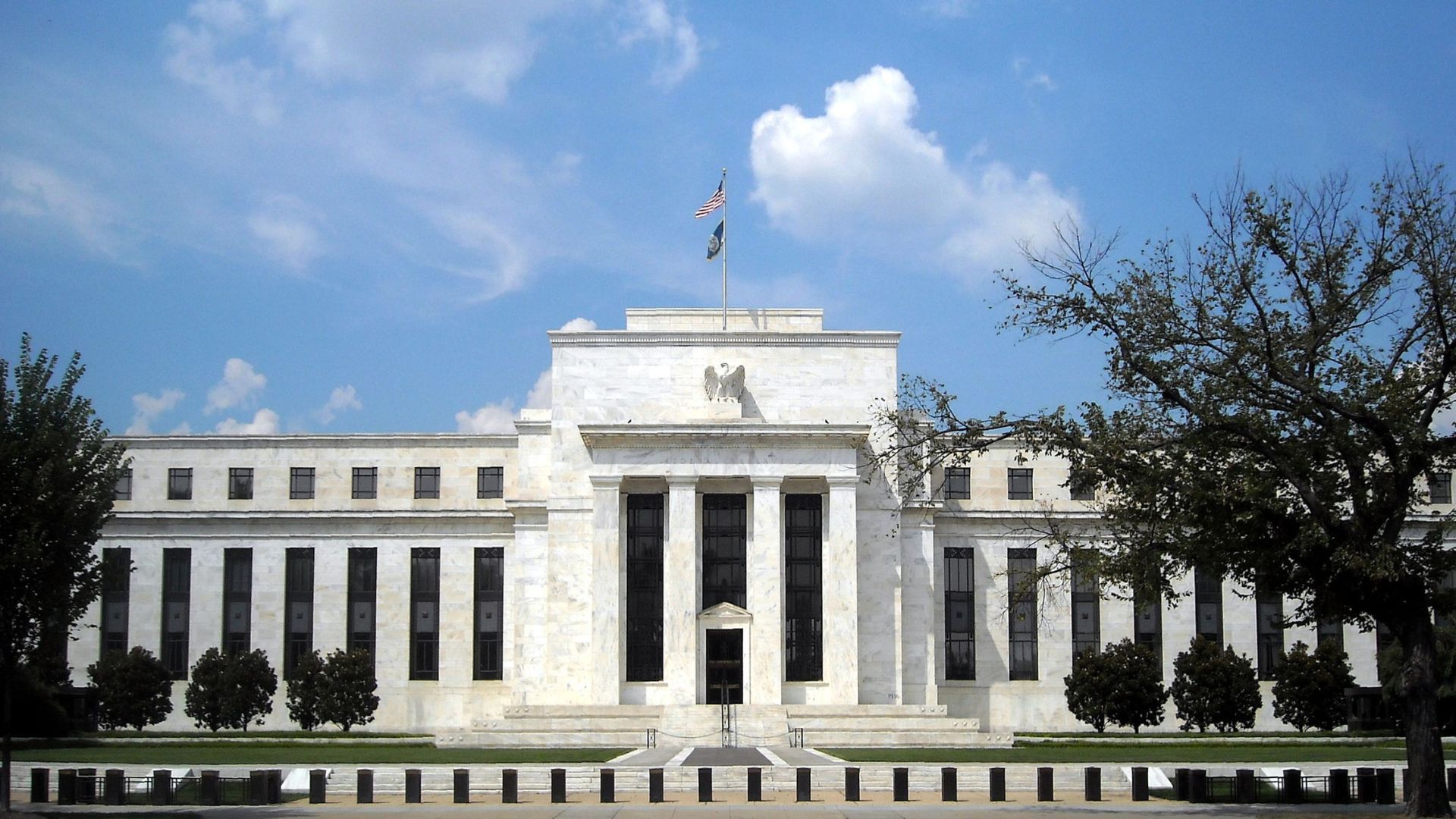
It looks like inflation is finally starting to cool. Even though we’re still sitting a bit high at more than a percentage point over the Federal Reserve’s target of 2%, the peak rates have tumbled from near 9% last year.
The latest numbers show a dip to 3.5% from March, suggesting the heat might be coming off those rising prices.
Core Inflation Shows Mild Improvement
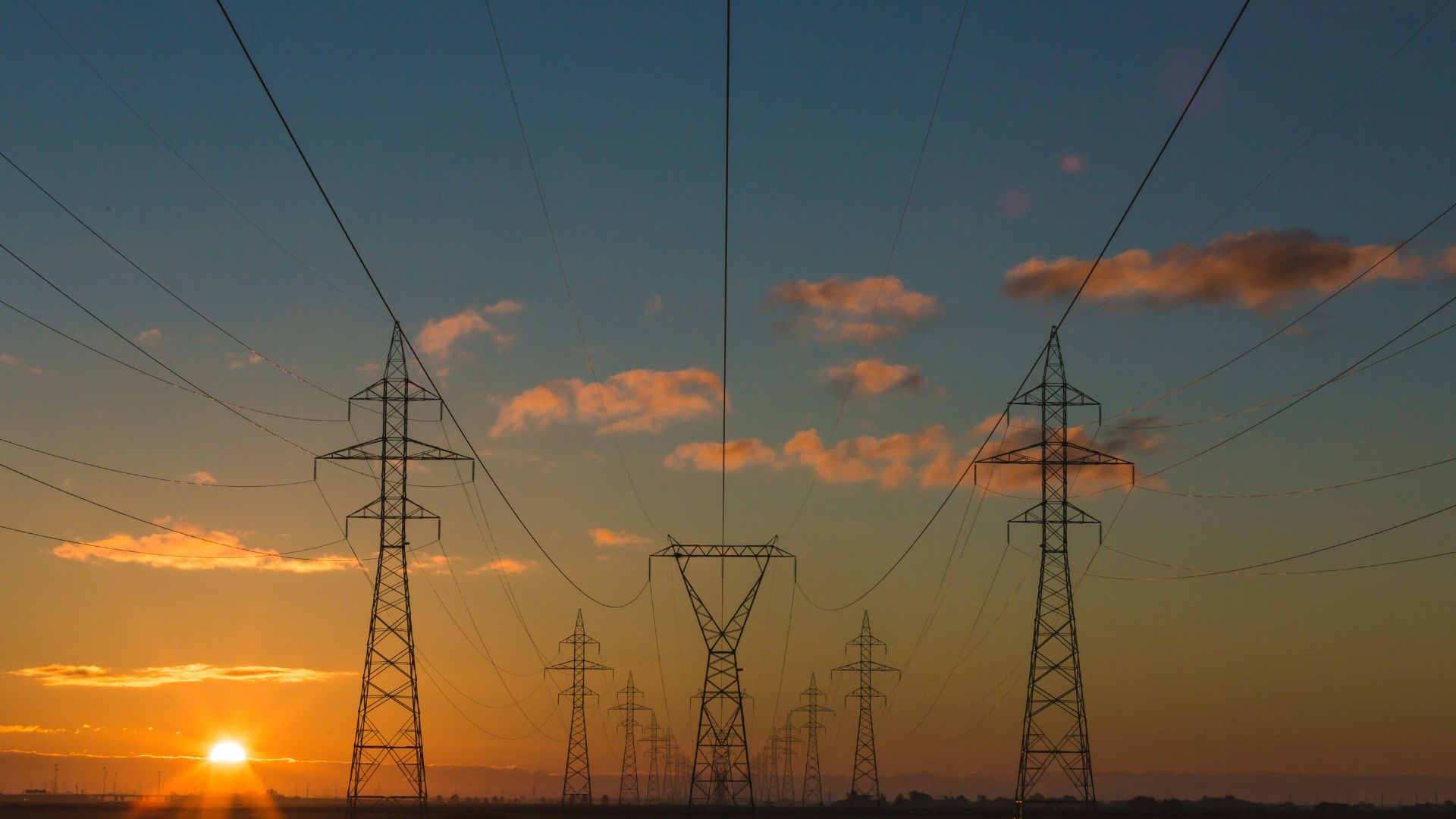
Core inflation, which strips out the unpredictable food and energy sectors, rose 3.6% year-over-year as of March.
This marks a slight ease compared to previous months. It’s an important indicator for the Fed since it helps them gauge underlying inflation trends without the noise of the more volatile sectors.
What’s Fueling the Fire? Gas and Housing Prices Spike

The Bureau of Labor Statistics pointed out a curious detail.
About 70% of the price hikes last month came from rising gasoline and housing costs.
A Silver Lining: Food Prices Stay Low

While other prices have been up and down, food costs are playing nice.
Grocery staples like bread, poultry, and eggs even saw prices drop compared to last year.
Not All Grocery Items Are Spared

While many food items have seen price stabilization, others like breakfast sausage and ice cream have kept pace with the general inflation rate.
This mixed bag shows that not all food categories are feeling the economic pressures equally.
Fed Holds Steady on Rates
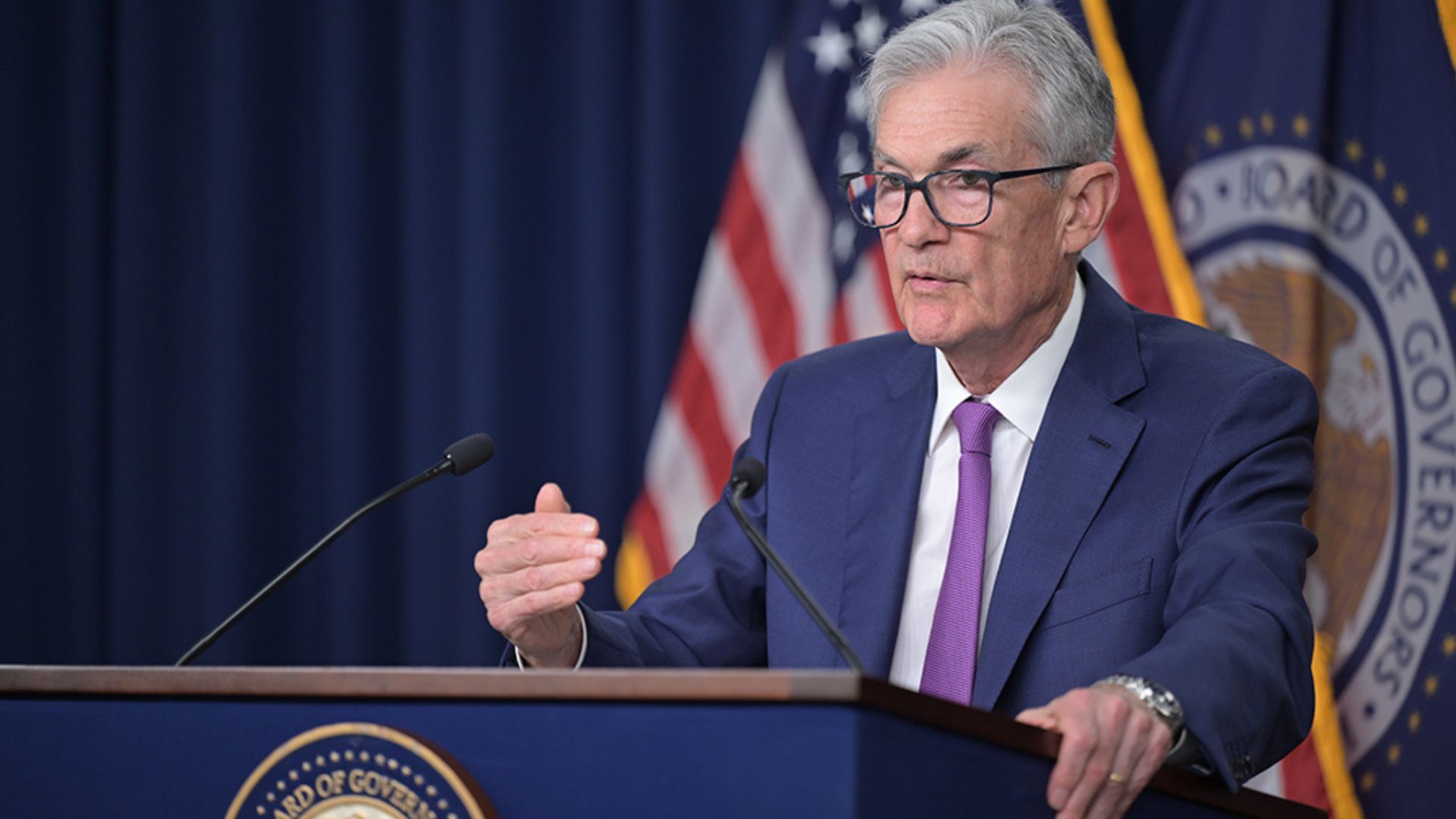
Facing persistent high inflation, the Federal Reserve has chosen to hold interest rates steady for the sixth time in a row, keeping them at levels we haven’t seen since 2001.
It’s a clear deviation from the earlier anticipated rate cuts, reflecting the unpredictable nature of current economic conditions.
Powell Reflects on Inflation Surprises
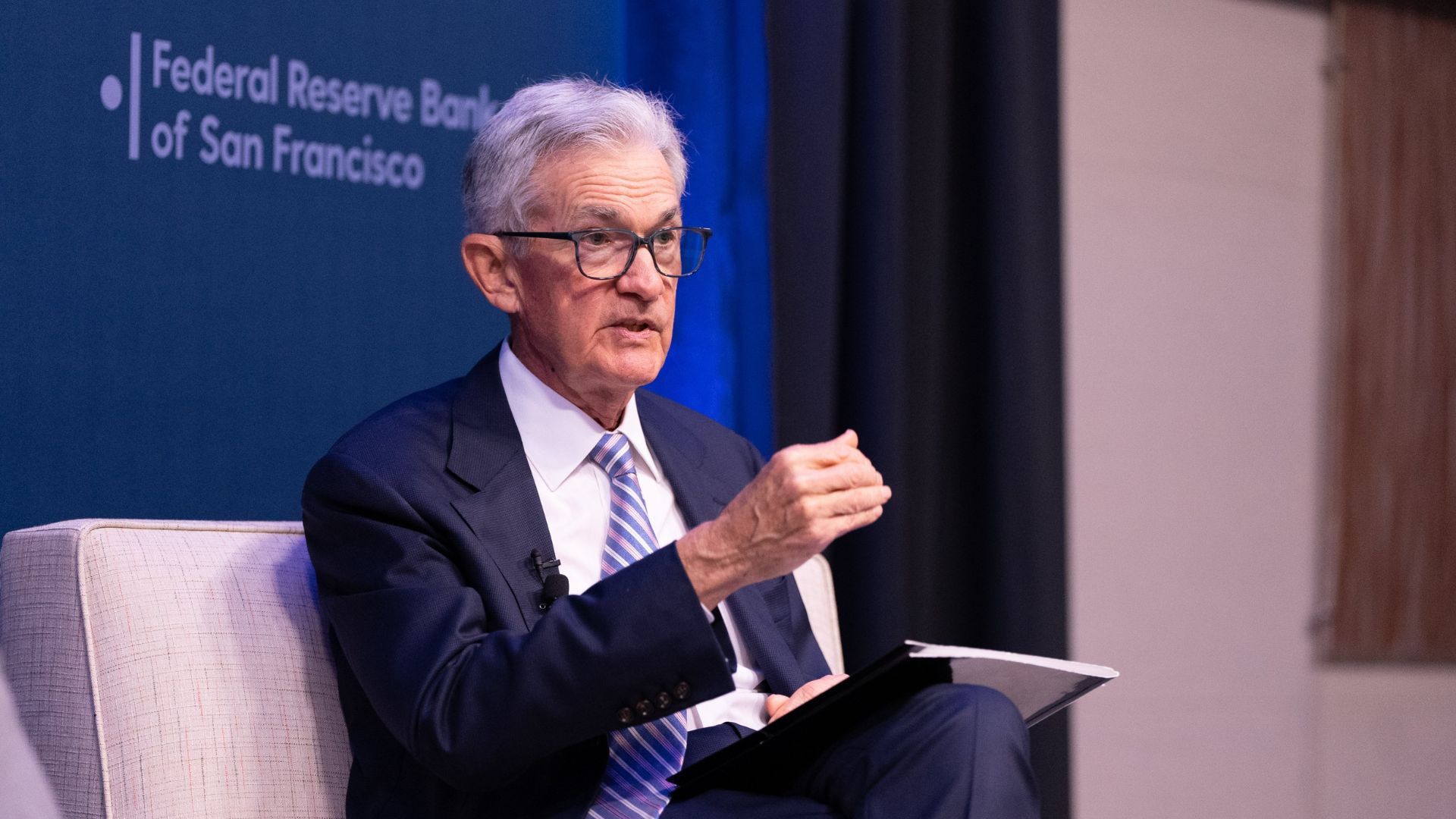
At a conference in Amsterdam, Fed Chair Jerome Powell shared his thoughts on the challenges of predicting inflation, saying, “We did not expect this to be a smooth road,” and admitting, “these [inflation readings] were higher than I think anybody expected.”
His words illustrate the tricky path the Fed navigates in these turbulent times.
High Costs Curb Spending

With borrowing costs high, both shoppers and businesses are tightening their belts.
This pullback in spending is part of the Fed’s plan to cool down the economy and tame demand, but it’s a delicate balance.
Economic Slowdown in Sight
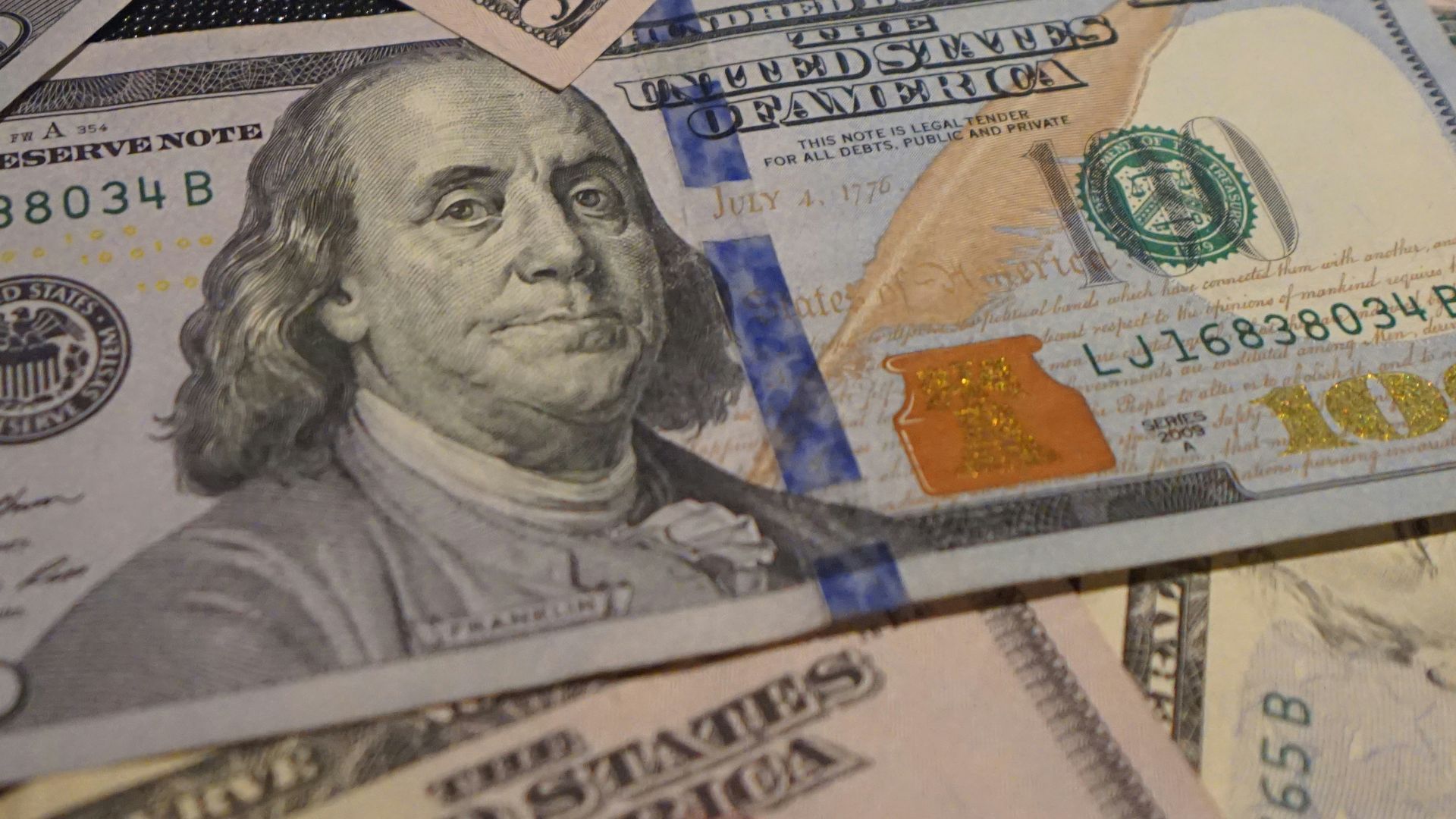
The economy is showing signs of fatigue, with a disappointing jobs report and a dip in GDP growth.
But, paradoxically, this could lead to a softer stance on interest rates soon if the trend continues.
Market Optimism Despite Economic Gloom
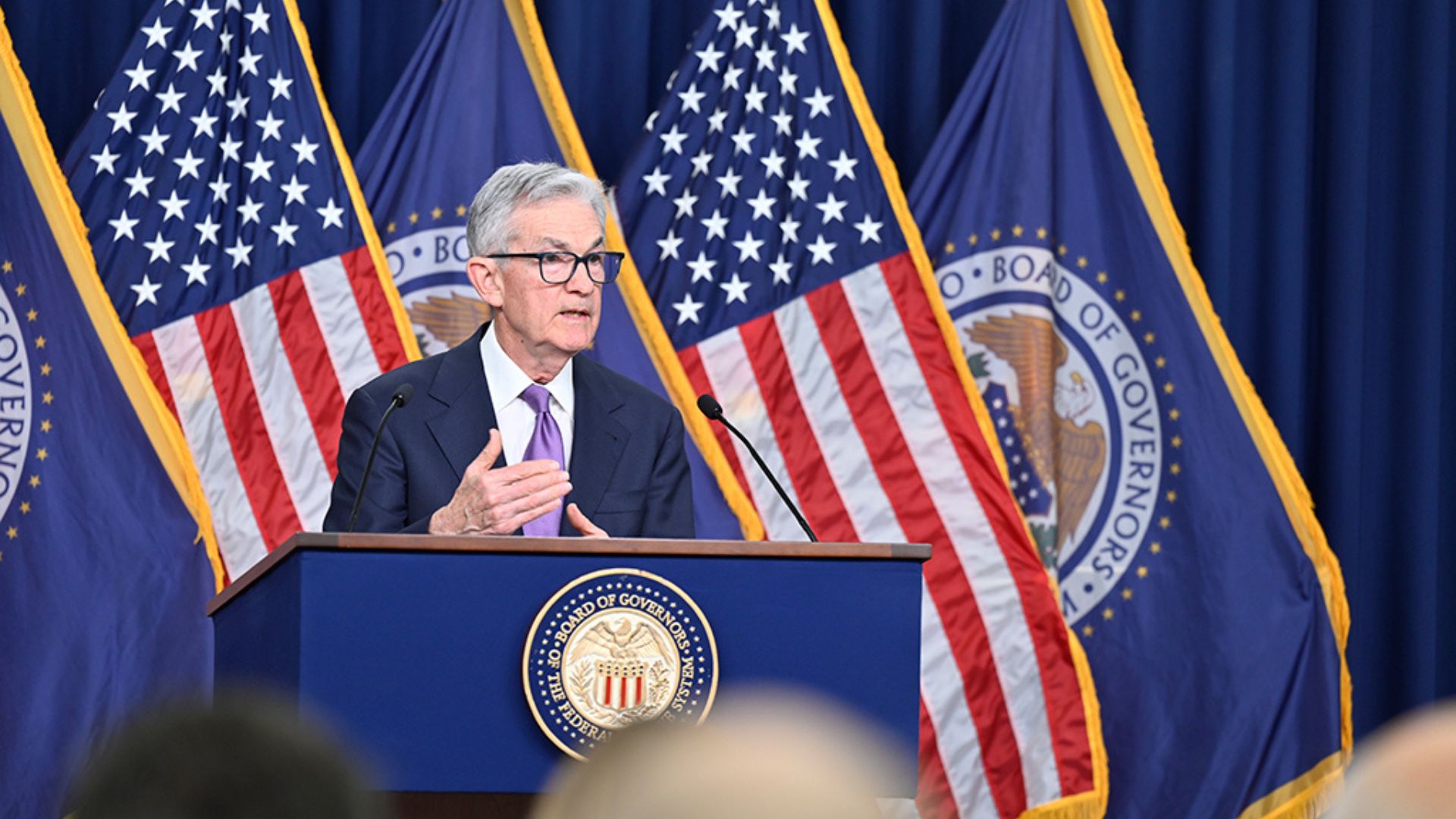
In an interesting twist, the stock market actually went up after the disappointing jobs report.
Investors seem to think this might prompt the Fed to ease up on interest rates, which shows how interconnected and sometimes paradoxical economic signals can be.
Powell’s Cautious Outlook on Inflation

Looking ahead, Jerome Powell remains cautious, highlighting the uncertainty in inflation’s trajectory.
He said, “Is inflation going to be more persistent going forward? I don’t think we know that yet,” emphasizing the need for more data to make clear judgments about the future.
